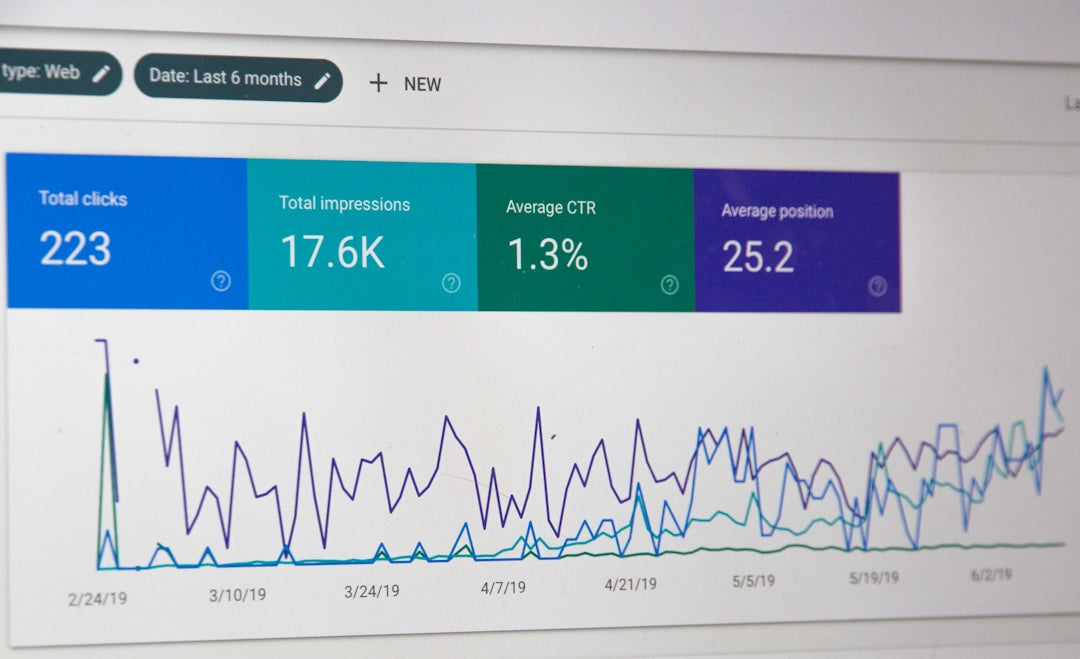
Introduction to Conversion Rate Optimization (CRO) Marketing
Share
Introduction to Conversion Rate Optimization (CRO) Marketing
As a Shopify merchant, increasing your online store’s conversion rate can significantly impact your profitability and growth. Conversion Rate Optimization (CRO) marketing is a systematic, data-driven method designed specifically to improve the percentage of your website visitors who take a desired action. This action-like purchasing an item, signing up for a newsletter, or submitting a contact form-directly affects your business bottom line. Unlike simply driving more traffic to your store, CRO optimizes your existing traffic, allowing for more sustainable and cost-effective growth.
Understanding and implementing effective CRO practices not only enhances your Shopify store's performance but also provides an exceptional user experience (UX). Throughout this guide, we will dive into the crucial aspects of CRO, revealing techniques, tools, and strategies that will drive success for your online business.
Why is Conversion Rate Optimization Essential for Shopify Merchants?
The significance of CRO marketing for Shopify merchants cannot be overstated. Here are critical benefits you should consider:
- Maximized Return on Investment (ROI): Optimizing your store converts existing traffic efficiently, increasing your profit without extra acquisition costs.
- Enhanced User Experience: Improved navigation, speed, responsiveness, and personalized experiences significantly boost customer satisfaction and loyalty.
- Increased Revenue and Sales: Even minor enhancements in conversion rates can dramatically enhance revenue, particularly for stores with extensive traffic.
- Competitive Advantage: Ongoing optimization helps you stay ahead by continually refining your store's usability and appeal to customers.
Core Components of Effective CRO Marketing
Website Usability
Your Shopify store should deliver a seamless, intuitive experience. Focus on:
- Clear and simple navigation
- Mobile responsiveness for diverse devices
- Fast loading speeds to reduce bounce rates
A/B Testing for Shopify Success
A/B testing, or split testing, compares different variations of an element such as call-to-action buttons or headlines to see which performs best. Continuous A/B testing leads to incremental successes, significantly contributing to your store’s performance over time.
For further strategy insights on Shopify landing pages, check out our comprehensive guide on Shopify Landing Page Optimization.
User Behavior Analysis
Using analytics tools allows you to understand how customers interact with specific pages of your Shopify store, identifying any user obstacles that might reduce conversions.
- Heatmaps indicate where customers typically click and scroll.
- Session recording identifies exactly where customers get stuck.
- Customer feedback surveys provide invaluable qualitative data.
Compelling Call-To-Action (CTA)
A highly visible and persuasive call-to-action effectively guides users toward conversion. CTA buttons should stand out clearly and communicate a precise action for visitors to follow.
Content Optimization
Deliver compelling, SEO-rich content tailored specifically to your target audience. Optimized product descriptions, meaningful blog articles, and persuasive landing pages improve your SEO rankings and conversion rates. Find out more about the importance of effective CTAs in our extensive blog post about Shopify CTA Strategies.
Personalization in CRO
Customers crave personalized experiences; leveraging user data to present customized recommendations and offers increases engagement, completion rates, and overall satisfaction.
Trust Signals
Boost shopper confidence by showcasing:
- User testimonials and reviews
- Security badges and payment logos
- Clear guarantees and transparent policies
The Standard CRO Marketing Process
Step 1: Research and Analysis
Gather relevant data (quantitative data through analytics software such as Google Analytics and qualitative user feedback) to accurately diagnose conversion issues.
Step 2: Developing a CRO Hypothesis
Create specific, measurable, and actionable hypotheses from your analysis. For example, changing the color of a "Buy Now" button to a contrasting one might increase clicks by 15%.
Step 3: Prioritizing CRO Solutions
Prioritize these hypotheses using frameworks such as ICE (Impact, Confidence, Ease) for systematic implementation.
Step 4: Implementing A/B Testing
Run controlled tests comparing your original page and test variants, taking care to use sufficient sample sizes to ensure statistically significant results.
Step 5: Analyzing CRO Test Results
Use analytics tools to assess the test outcomes comprehensively, verifying if your hypothesis delivered the anticipated improvement.
Step 6: Permanent Implementation and Iteration
Officially roll out effective changes while documenting insights for continuous optimization and iterative improvements.
Proven CRO Strategies for Shopify Merchants
- Landing Page Optimization: Clear structure, compelling images, and distraction-free design significantly increase conversions.
- Checkout Process Improvement: Simplify your checkout procedure; fewer steps mean fewer opportunities for shoppers to abandon the cart.
- Leveraging Social Proof: Incorporate feedback, reviews, and testimonials prominently to drive conversions.
- Exit-Intent Popups: Strategically timed pop-ups offering incentives like discounts or lead captures can effectively reduce bounce rates.
- Mobile Optimization: Design your store with mobile shoppers in mind, ensuring rapid loading times and seamless navigation.
Learn more about mobile optimization techniques in this article that explores Mobile eCommerce UX Best Practices.
Common CRO Tools for Shopify Merchant Success
Your Shopify CRO journey should leverage these indispensable tools and technologies:
- Web Analytics: Google Analytics, Matomo
- A/B Testing: Optimizely, VWO, Google Optimize
- Heatmaps and Session Recording: Hotjar, Crazy Egg
- User Feedback: SurveyMonkey, Qualaroo, Usabilla
- Form Optimization: Typeform, JotForm
Key Metrics to Track for CRO Marketing
Tracking essential metrics helps you determine the effectiveness of your CRO efforts:
- Overall Conversion Rate
- Bounce Rate and Session Duration
- Click-Through Rate (CTR)
- Form Completion/Abandonment Rate
- Cart Abandonment Rate
- Customer Acquisition Cost (CAC)
- Micro-conversion metrics like sign-ups or wishlist additions
Avoiding Common CRO Marketing Mistakes
- Avoid quick, data-less decisions.
- Never rush A/B tests; allow tests to reach statistical significance.
- Do not blindly copy competitors; test and confirm each change on your store.
- Never overlook long-term user experience for short-term gains.
Conclusion: Winning with CRO Marketing on Shopify
Adopting a structured and systematic CRO approach not only improves your Shopify store conversions but also elevates overall user satisfaction, encouraging sustainable long-term growth. By understanding and meeting your customers' expectations with an optimized online shopping experience, you're well-positioned for continuous business growth.
If you're looking for expert support in crafting a robust CRO strategy for your Shopify store, contact the team at Parkdale Digital today.



